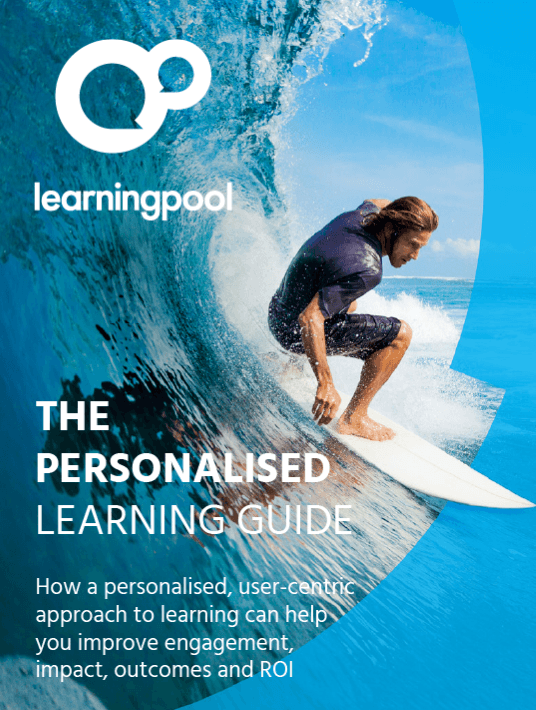Struggles Of L&D Managers With Personalised Learning
The overarching priority is to come up with an approach that, while coherent and concerted, does not treat all learners the same. Within the overall structure of the needs of the business, each individual should receive support for learning, specific to their personal needs and goals.

1. Champion Personal Learning
This may seem an obvious step. But unless the organisation is on board, it won’t happen. An organisation should publicly and actively acknowledge that employees learn all the time, but at different speeds and following different objectives. This is made possible by an array of digital hardware and software, and access to vast amounts of information that can be interrogated to deliver answers to highly specific problems.
2. Treat Your Learners Like Customers
This means recognising how modern learners currently prefer to learn. If you want them to engage with learning in the workplace environment to your standards, you’re going to have to go some way to replicate a consumer-grade learning experience at work. That’s the challenge that LXPs have embraced in the way they look and operate.
3. Improve Discovery And Updating Of Learning Content
Too often, valuable learning content is locked away behind unusable interfaces, where it quickly goes out of date. To make training truly effective it needs to be continuous, easily accessible, reusable, and able to be re-purposed.
With LXPs you have the potential to make learning available where and when you need it, across platforms and devices, with better search and discovery. Content should be able to be easily repackaged and readily updated.
Typically, in an LXP environment, content provision is extended beyond internal libraries to include approved, recommended, and curated content sourced from outside the organisation, as well as content created by trainers and learners themselves. This blend of learning resources is better able to meet individual learners' needs and it does so in an environment with which modern learners are familiar.
4. Tie Individual Learning To Key Business Goals
But it’s not just about providing the right content. A good personalised learning strategy will also boost relevance by making the learning you provide applicable to job roles and tasks, and recognising progress and achievement.
5. Reduce Content 'Size'
Breaking down content into smaller chunks allows your organisation to build a repository of resources that can be used to serve multiple needs for multiple contexts.
Microlearning recognises the power and efficiency of informal learning, where you need a small piece of information to complete a task or do something more effectively. The fit between microlearning and LXPs extends to the premise underlying both: that learning needs to be closer to the working environment. The LXP allows microlearning content to be accessed seamlessly on mobile devices allowing you to take learning with you, on the go.
6. Facilitate Personal Learning Plans
Personalised learning plans allow individual learners to move away from the mass, amorphous, one-size-fits-all programmes that are frequently ineffective, and allows you to better tailor your learning content and approach to the needs of individual learners. The LXP is a powerful resource to support personal learning plans, so we’ve given this topic more space below.
7. Promote A Learning Culture
If our personalised learning strategies start with advocating personalised learning, they’re bookended by the promotion of a learning and knowledge culture. The idea of a learning culture is that learning and knowledge are valued in and of themselves. That it’s not something to be endured and then forgotten but is part of work and necessary to the development of the organisation and the individuals within it.
When learning is recognised and promoted as part of the working experience it becomes part of the culture. It sustains itself and is maintained by the collaborative efforts of everyone within the organisation. Learning, then, is seen as actively beneficial, and never static.
A learning culture supports personalised learning and is in itself supported by LXPs. LXPs work on an iterative approach with new content being added all the time. The LXP allows learners themselves to participate and contribute to the learning process by adding comments and their own learning assets. So, the Learning Experience Platform (LXP) becomes a tangible product that emerges from the learning culture and embodies its ethos.
Download the eBook The Personalised Learning Guide and discover how to frame a business case for personalized learning, and deploy appropriate technology to help implement it effectively. For more valuable insights on personalised learning, watch the webinar Design A User-Centric Approach With A Learning Experience Platform (LXP).


